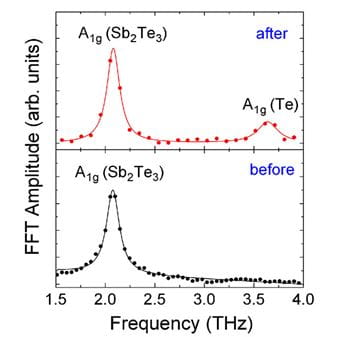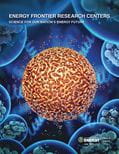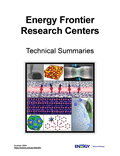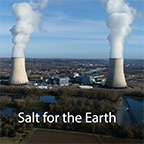Laser-Light Creates Nanostructured Thermoelectric Material
January 12, 2011 :: High intensity laser-light may improve the heat-to-electricity conversion efficiency of Sb2Te3, a key material used in thermoelectric devices, by inducing the crystallization of nm-scaled particles in the Sb2Te3 film. To improve the conversion efficiency of thermoelectric materials, the electrical conductivity needs to be high and the thermal conductivity low. In bulk materials, improving one property typically worsens the other. The addition of nanostructures promises to circumvent this problem, but a controlled method to create the nanoparticles has been lacking. While searching for the identity of a controversial peak at 3.64 THz in the coherent optical phonon vibrational spectrum of Sb2Te3, researchers in the Center for Solar and Thermal Energy Conversion(a DOE Energy Frontier Research Center at the University of Michigan) discovered that the laser-light used in the pump-probe spectroscopy experiments was actually causing the formation of nanostructures within the film, accompanied by a new peak (Te) in the spectrum. In the future, instead of using laser-light only to measure bulk properties, it could also be used to synthesize nanostructured thermoelectric materials that may more efficiently convert the waste heat from industrial processes, home heating, and vehicle exhaust to electricity.
Reference: , Coherent Optical Phonon Spectroscopy Studies of Femtosecond-Laser Modified Sb2Te3 films, Appl. Phys. Lett., 97, 171908 (2010) [DOI:10.1063/1.3499742].









